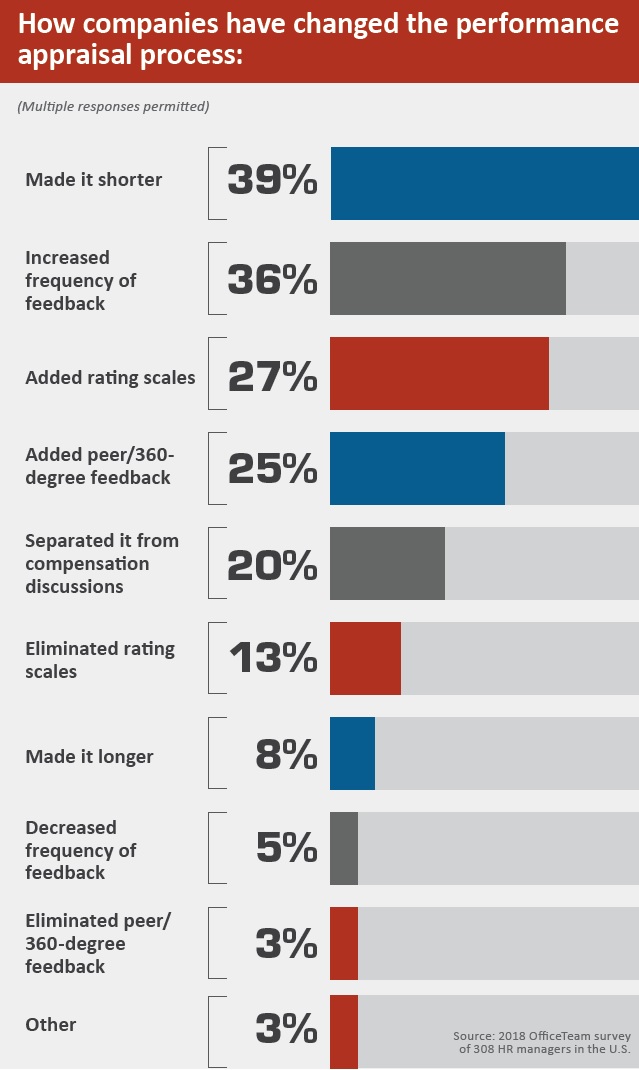Performance reviews are a vital component of the quality improvement process in the healthcare setting. When properly performed, a well-structured performance review yields feedback that highlights future opportunities for doing better or for working differently. It also serves to enhance and maximize everyone’s full potential. As a by-product, performance reviews can create an additional mechanism for helping everyone on the team feel included and valued.
I have observed these effects myself in peer-to-peer appraisals involving physicians, but the principles surely apply just as readily to those working in administrative or other nonclinical areas within healthcare.
Given the potential for performance reviews to make a difference, it’s not enough for this exchange between leader and employee to occur just once a year. The right time is any time one party or the other feels communication on performance is necessary and appropriate.
As compared with a workaday manager or boss, a truly inclusive leader—who may or may not be a manager or a boss—always has an open door.
Unfortunately, performance reviews are inherently subjective. This makes them prone to the ubiquitous influences of unconscious biases. Let’s face it: Very often, different leaders would reach different conclusions and give different evaluations for the exact same individual under review.
We’ve all witnessed this. Feedback is fraught with subjectivity. (This is magnified when the reviewer is anonymous, as is so often the case in the Digital Age.) Ulterior motives and personal vendettas are baked in and not easily eliminated. An evaluator’s self-interests, personal preferences and myriad agendas cannot be dismissed. Performance determinants are often based on compatibility of styles or some other affinity rather than objective performance metrics and benchmarks.
As healthcare providers, and as human beings, we all have different strengths, varied weaknesses and unique functions within our complex organizational units. The leader is accountable to draw these out, to help develop the best possible team. When successful, the result is that all colleagues are ultimately working toward common goals with 100% effort.
We’ve probably all noticed—or certainly suspected—that, if the boss likes you personally, you get a complimentary review. This goes regardless of your (obvious to everyone else) foibles at work. Certain people seem to “get away” with more, while others are critiqued more. For example, trips to conferences get approved more often and more automatically for some, while for others, similar requests are painstakingly scrutinized down to the last detail.
The fact that some people seem to have “haloes” while others have “horns” makes a compelling argument for a universal scorecard, standardized checklists and objective metrics. Since bosses are often the sole umpires calling the proverbial balls and strikes, transparency demands that the strike zone is consistent. Because unconscious bias is everywhere, it behooves us to not give up trying to fight it.
Truly transformational and inclusive leaders should promote a trusting relationship by being direct and honest. They should ask what resources or guidance they can provide for ongoing employee development and career progression. They must guide the way, helping every employee perform successfully as a teammate and ensuring that all members are working together effectively and efficiently. They must help align the aspirations of the individual with the needs of the organization.
Ideally, leaders and employees become complementary partners. They work together toward common goals, along the way enhancing the performance of the entire organization.
In the healthcare arena, the common goal is adding value to our patients’ care by optimizing quality, safety, satisfaction and customer service. At the same time, we must strive just as hard to maximize inclusion, enhance provider satisfaction and encourage employee wellness. In this way we will offset or ward off the harmful effects of burnout.
What will success look like when healthcare leaders are committed to administering well-structured performance reviews? Happier patients, happier employees and an improved bottom line.
Dr. Kalina is a professor of radiology and neuroradiology at the Mayo Clinic in Minnesota. He also chairs his department’s committee on diversity and inclusion.


